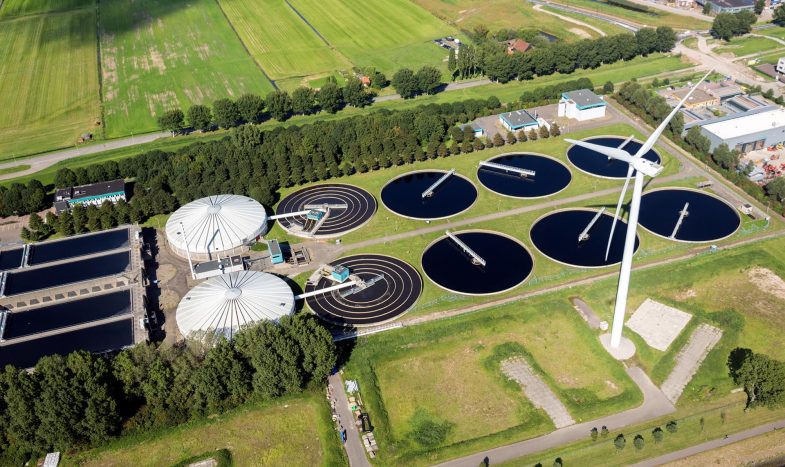An Environmental Management System (EMS) is made so as to make it feasible for an organization, association, or government lessen the measure of effect that they have on the earth. The term can be limited distinctly to the activity of structures, or it can incorporate the lifecycle of items also. For instance, if you somehow happened to claim five distinct structures that are situated in five better places, you would have an aggregate of five ecological administration frameworks.
So as to disentangle the procedure, normally you would need an ace archive to be made that would survey these frameworks together working together with each other so an image of the whole activity could be planned. As another model, if their were five distinct structures that could all be found in a similar area, they could all be incorporated as a solitary Environmental Management System.
While executing an EMS, it should be checked on intermittently so it tends to be balanced and improved with time. This implies the execution of an EMS has a cyclic nature to it. The methodology begins with recognizing what activities exist and how they influence the earth, choosing what should be possible about it. The subsequent advance is the point at which these progressions are tried. The third step is to perceive how successful the progressions were. The fourth step is to decide further changes that should be made.
Before formal measures were set down, EMS was as yet executed by a few organizations in a less proper manner. These techniques were followed so as to have consistence with many discrete, singular guidelines as opposed to joining them together into one framework. These frameworks would be investigated whenever that there was some inquiry with respect to whether consistence was being followed, or if the guidelines changed.
In 1996, the International Standards Organization set a progression of principles that made it workable for organizations, governments, and associations to quantify and improve their natural effect. It assisted with making an all inclusive standard that made it simpler to exchange across outskirts without worries that singular guidelines were being abused.
The ISO 14000 arrangement offers a manual for the best possible usage of EMS. ISO 14001 sets out a progression of 17 essential necessities that are required so as to be consistent with the deliberate association’s norms:
The organization is required to have an ecological approach that is obviously expressed and followed.
Items, administrations, and exercises must be dissected so as to decide the effect that they have on nature.
Clearly, the organization is required to meet the legitimate necessities and guidelines applicable to the region or territories in which it works.
A lot of natural objectives should be set down. An arrangement for how to arrive at those objectives should likewise be set up.
Ecological jobs and duties are then characterized by the association.
Steps should be taken so as to guarantee that the workforce is very much aware of the rules set up with the goal that they can meet their duties.
A procedure of correspondence must be set up so as to talk about natural issues both inside and outside of the association.
The association is required to report data identified with the EMS methodology.
Reports with respect to methodology and different components of EMS must be successfully overseen.
The activity of the EMS must be successfully arranged and overseen. This incorporates the strategy, targets, objectives, etc.
The association should likewise create designs so as to viably forestall and react to crisis circumstances that could bring about negative natural effects.
Key exercises should be estimated and checked routinely.
Consistence must be normally assessed
Issues must be distinguished, amended, and kept from happening once more.
Records of EMS execution must be kept.
The EMS must be inspected all the time.
The board should occasionally survey the EMS.

